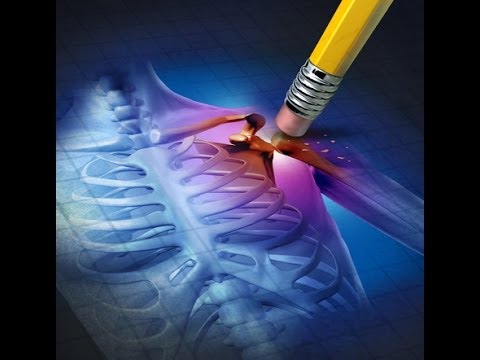
Clinicians need to be more honest with patients about what they can really expect
It’s a myth that most persistent musculoskeletal pain with no obvious cause can be cured, argue experts in an editorial published online in the British Journal of Sports Medicine.
Doctors and other healthcare professionals need to be a lot more honest with patients about what they can really expect, write Professor Jeremy Lewis, of the University of Hertfordshire and Central London Community Healthcare NHS Trust, and Professor Peter O’Sullivan, of Curtin University, Perth, and Bodylogic Physiotherapy, Perth, Australia.
There’s no magic fix and patients may have to live with their pain as they would any other long term condition, they say.
The fact that most persistent musculoskeletal pain that isn’t the result of injury or trauma has no obvious cause has prompted the development of two unfortunate trends, the authors suggest.
Firstly, structural changes that are commonly seen on the x-rays and scans of people with no pain, such as rotator cuff (muscles over the upper arm bone) tears and intervertebral (spinal) disc degeneration, are often used to explain the pain.
This may not only prompt avoidance behaviours, but also a desire for corrective treatment, leading to unnecessary surgery on tendons, cartilage and bones that aren’t the cause of the pain.
Secondly, some clinicians have arguably invented ‘treatments’ for conditions that may not actually exist or be readily detected, and for which there is no good evidence that they work.
“These two trends have created an expectation that interventions (frequently ‘passive’) will provide a ‘cure,’ and typically quickly, with minimal self-contribution,” write the authors.
But the reality is that many musculoskeletal pain conditions are associated with disability and won’t respond to current (passive) treatment. And they should be managed in the same way that other long term conditions, such as diabetes, are–with a focus not on providing a cure, but on minimising the impact on an individual’s wellbeing, they suggest.
This includes lifestyle changes, such as stopping smoking and stress management, to enable that person to take control of their condition, rather than expecting the clinician to do this with various treatments.
“We need to reframe what is currently doable and achievable in the management of many non-traumatic musculoskeletal presentations, and honest and open conversations regarding the outcome evidence for these disorders needs to be sensitively communicated,” they argue.
“For patients, creating an understanding and expectation that, as with other chronic health conditions, there is no magic cure for persistent and disabling musculoskeletal pain conditions…is the key…By doing this, we can…be more honest with the level and type of care we can and should currently offer, and the outcomes that may be achieved.”